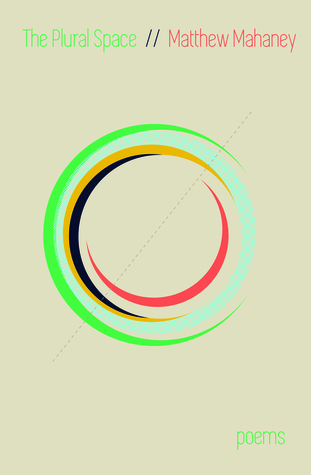1.
In The Art of Mixing, Dave Gibson introduces the presence of sound in a mix by encouraging readers to imagine the different sounds in a song visually, as balloons taking up physical space in the air between the speakers broadcasting the music.
Though I hadn’t read any sound theory yet, my first approach at making art was informed by a similar understanding of the presence of sound. I played the drums in aggressive bands in high school. I was, in particular, attracted to the technique in modern aggressive music of riding on the crash cymbal to keep time, as opposed to using crashes as a standalone accent to indicate a shift in the song.
My play style was also informed by the mild synesthesia I experienced when listening to music—seeing different colors and shapes from sounds in different pitches and timbres. Rather than riding on my crashes to be loud, my goal was to use the ringing of my crash cymbal in a physical way. In line with Gibson’s balloon metaphor, I wanted to fill the air of the garage we played in. In this way, I imagined the cymbal ringing as the ambient environment the guitar and our vocalist’s screams existed inside.
2.
My thinking about the physicality of sound was re-ignited after reading Paul Cunningham’s great post on sonic intimacy. He quotes musicologist Adam Harper’s description of how the voice is not “merely a figure in the landscape, but it fuses with the landscape” to talk about how a performer can fuse their selfhood with the landscapes created in their poems.
This concept of the voice fused with the landscape brought me back to the sweaty garage of my youth, and, more presently, back to David Gibson and sound design. Rather than the intersection of selfhood and voice, I want to explore the poetic possibilities of sound itself as the landscape and what happens when you treat the the voice as a discrete presence inside the sonic landscape.
Inspired by Paul’s post, I made an attempt to do this sonically with one of my own poems. In writing this poem, I first imagined the language coming from a disembodied WWII era 2-way radio. In the audio version, I attempted to create a sonic landscape for that disembodied voice to exist inside—disruptive synth notes, distorted analog frequencies, erratic sound mixes—to imagine a version of this poem where my naturally monotone voice is secondary to the physical properties of the sound of my voice and the sonic landscape that voice exists in.
 3.
3.
In The Plural Space, Matthew Mahaney creates a synesthesiac laboratory to enact the surreal possibilities of sound used as a physical presence that is so often missed in contemporary poetry—much of it opting to use sound as a theme or technique to enhance or emphasize the subjects—rather than as a character or discrete presence inside a poem’s environment.
Consider the fascinating clashes of sound, physics, and space in the first three stanza of his poem “Snow Echoes”:
Some of us have been assigned to the plural space.
We search for stray speech.An accident.
An occupation.There are rumors that the vowels look like ghosts.
Wen an unexpected echo forms, it swells metallic and heavy.
Mahaney’s plural space offers an exciting meeting ground where sounds, visions, echoes, and organisms interact on a metaphysically equal field of play—stray speech can be hunted with the eyes, vowels look like ghosts, an echo can swell like a tumor—like what I imagine Bakhtin’s Carnivalesque would look like if it inverted the order of the senses.
In the plural space, presences normally considered discrete can intermingle and, to borrow Joyelle McSweeney’s term from The Necropastoral, enact “strange meetings” between the speakers, challenging poems and poets to use sound (and noise) in a way that is different and more visceral the status of window dressing sound is often relegated to in contemporary poetry.
Ryan Bollenbach holds an MFA from the University of Alabama where he was formerly the poetry editor for the Black Warrior Review. He currently reads for Heavy Feather Review and SweetLit: A Literary Confection. His writing has appeared or is forthcoming in Sink Review, Painted Bride Quarterly, Can We Have Our Ball Back?, Snail Trail Press and elsewhere. Find him on twitter at @SilentAsIAm
